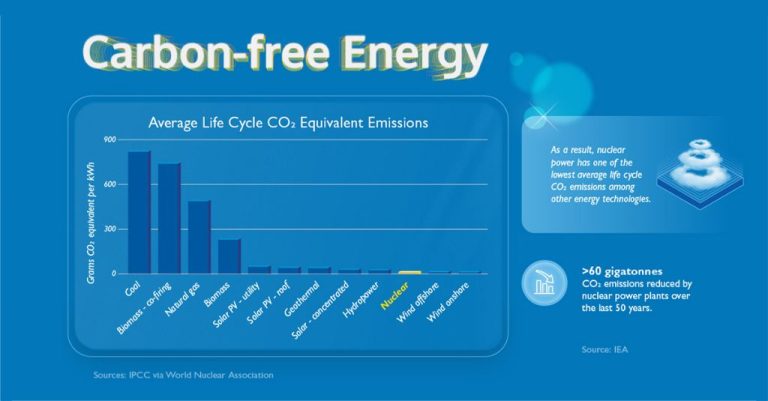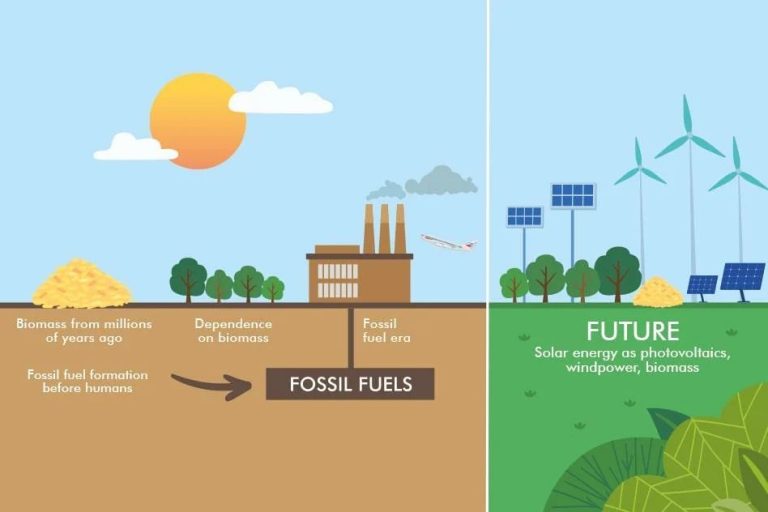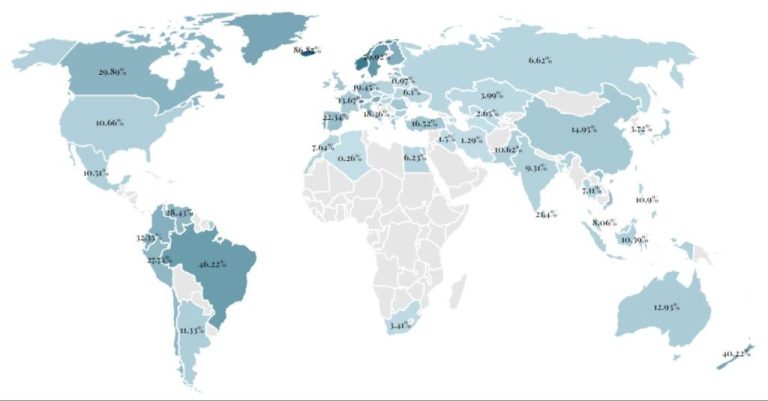Why Is Renewable Resources Increasing?
Renewable resources are energy sources that can be replenished naturally over time, such as solar, wind, geothermal, hydroelectric, and biomass power. Increasing renewable resources is vitally important for addressing climate change, reducing pollution, diversifying energy supplies, and driving economic growth through new industries and jobs. This article will examine the major factors behind the growth in renewable resources in recent years.
Some key reasons for the rise in renewable resources include: declining costs as technologies mature, supportive government policies like tax credits and mandates, rising corporate investments and commitments, growing consumer demand for clean energy, renewables reaching grid parity with conventional power, and continuous technology improvements that increase efficiency and adoption.
Declining Costs
The costs of renewable energy sources like solar and wind have declined dramatically in the past decade. According to a report by the International Renewable Energy Agency, between 2010 and 2019, the unit costs of solar energy decreased by 85% and the costs of onshore wind dropped by 55% (source). There are several reasons for these declining costs:
First, improvements in technology and manufacturing have driven down the costs of solar panels, wind turbines, and other renewable energy equipment. Manufacturing scale and experience have led to gains in efficiency and productivity.
Second, government incentives like tax credits, rebates, and renewable energy mandates have helped grow the market and supported larger deployments. This growth has enabled manufacturers to achieve greater economies of scale.
Third, the costs of financing renewable projects has decreased as banks and investors have become more familiar with the technologies and have seen their strong performance. Lower financing costs allow projects to be built more cost effectively.
The declining costs have enabled renewable energy sources to achieve grid parity in many locations – meaning they can generate electricity at the same or lower cost than conventional sources like coal and natural gas power plants. This cost competitiveness with traditional fuels is driving more adoption of renewables.(source)
Government Policy
Government policies have played a major role in advancing renewable energy adoption and growth. Many governments around the world have implemented supportive policies like subsidies, tax credits, and mandates to incentivize and accelerate the transition to renewable energy.
According to the U.S. Department of Energy, the federal government is required to source at least 7.5% of its electricity from renewable sources each fiscal year under the Energy Policy Act of 2005. The DOE also has various policies and programs that address barriers and provide support for large-scale renewable energy projects.
At the state level, governments have enacted renewable portfolio standards, tax credits, rebate programs, and other policies to promote growth. As reported by the EPA, 30 states currently have renewable portfolio standards mandating electric utilities to source a percentage of their power from renewables (EPA).
Corporate Investment
Many major corporations have been making large investments into renewable energy projects and companies over the past decade. According to one source, the top renewable energy companies based on market capitalization include NextEra Energy, Brookfield Renewable, and Clearway Energy. Some of the largest investments have come from major oil and gas companies like Shell, BP, and Total, which are transitioning their portfolios towards renewables. For example, BP plans to increase its annual low carbon investment 10-fold to around $5 billion by 2030. Other Fortune 500 companies like Google, Apple, and Amazon have also made major renewable energy commitments, signing contracts for hundreds of megawatts of solar and wind energy to power their operations. These types of investments by corporations have provided key financing and momentum for large-scale renewable projects around the world.
Consumer Demand
There has been growing public support and demand for clean energy from consumers in recent years. According to a 2021 survey, about 79% of Generation Z respondents were willing to pay more for clean energy (Demand for clean energy from customers 2021). Consumer awareness and concern about sustainability issues like climate change is driving increased interest in renewable energy options.
Many consumers now actively seek out clean energy options for their homes and businesses. This rising demand is putting pressure on energy providers to increase their renewable energy mix. It also motivates policymakers to enact policies that facilitate growth in renewables. As costs continue to decline, consumer demand for affordable clean energy will likely continue to be a major driver of growth in the renewable energy sector.
Grid Parity
Grid parity occurs when the levelized cost of electricity (LCOE) from renewable sources becomes equal to or lower than the price of electricity from conventional sources like fossil fuels (Wikipedia). This is an important milestone, as it indicates that renewables can generate power at a competitive cost without subsidies. As the costs of solar, wind, and other renewables have declined rapidly in recent years, grid parity has become a reality in many locations.
According to Deloitte, solar PV and onshore wind have reached grid parity in several regions globally. In the western U.S., the unsubsidized LCOE for utility-scale solar PV dropped from $178/MWh in 2009 to $43/MWh in 2018, reaching parity with natural gas. This dramatic cost reduction is driven by technology improvements, manufacturing scale, and favorable policies. As parity is achieved in more places, it accelerates renewable energy deployment and displacement of fossil fuels.
However, as IER notes, grid parity alone does not mean renewables can fully displace conventional capacity. Other factors like intermittency, transmission, and storage integration must be addressed. But grid parity represents a crucial inflection point on the path to high renewable penetration.
Technology Improvements
There have been major advances in renewable energy technologies in recent years that have helped drive adoption. Improved energy storage solutions, like advanced batteries and pumped hydro storage, have allowed renewable sources to provide power even when the sun isn’t shining or wind isn’t blowing (1). Smart grid technology has also enabled better integration of renewables into the existing infrastructure by balancing supply and demand in real-time.
Other key innovations include high-efficiency solar photovoltaic panels that can convert sunlight to electricity with over 40% efficiency, compared to 15-20% just a decade ago. Concentrated solar plants with integrated thermal energy storage now allow solar energy to be dispatched on demand. Advanced wind turbine designs have enabled turbines to operate more efficiently at lower wind speeds.
Emerging technologies like floating offshore wind farms, new biofuel processes, and wave/tidal power generators offer further potential. Continued declines in renewable energy storage costs will be a major factor in adoption going forward (1). Overall, technology improvements have made renewables more viable, reliable, and cost-competitive with conventional energy sources.
(1) https://www.iea.org/news/rapid-progress-of-key-clean-energy-technologies-shows-the-new-energy-economy-is-emerging-faster-than-many-think
Health and Environmental Benefits
Transitioning to renewable energy sources like solar, wind, geothermal, biomass, and hydropower provides significant benefits for public health and the environment. According to the U.S. Department of Energy’s Office of Energy Efficiency & Renewable Energy, “Energy from renewable resources prevents air pollution, which makes the air safer to breathe, leading to better health and lower health care bills.” (Energy.gov) Renewable energy results in reduced emissions of carbon dioxide, nitrogen oxides, sulfur oxides, particulate matter, and other harmful pollutants. This leads to cleaner air and water, preventing respiratory illnesses, cardiovascular disease, and premature deaths. The Harvard School of Public Health notes that “Creating electricity from clean energy sources like wind and solar reduces air and water pollution from power plants.” (Harvard.edu) The Union of Concerned Scientists also highlights that “Wind, solar, and hydroelectric systems generate electricity with no associated air pollution emissions.” (UCSUSA.org) In summary, transitioning to renewable energy provides significant public health and environmental benefits by reducing harmful emissions and leading to cleaner air and water.
Energy Security
Locally-produced renewable energy can improve a country’s energy independence and security by reducing reliance on imported fossil fuels (Energy Independence and Security, n.d.). Many countries import a substantial portion of their fossil fuels from other nations, leaving them vulnerable to global price shocks and supply disruptions. Increasing renewable energy production domestically provides a stable, affordable energy supply that is not subject to volatile geopolitical factors. Renewable sources like solar, wind, hydropower, and geothermal can be generated locally rather than imported. This gives countries greater control over their energy mix and reduces dependence on foreign oil and gas. Energy independence also strengthens national security by limiting exposure to global conflicts or embargoes that could disrupt fossil fuel supplies. As countries transition more electricity generation to renewables, they gain energy self-sufficiency and no longer have to rely as heavily on imported fuels.
Conclusion
In summary, the growth of renewable energy is being driven by a combination of factors, including declining costs, supportive government policies, increased corporate investment, growing consumer demand, grid parity, and ongoing technological improvements. Renewable energy offers major health and environmental benefits compared to fossil fuels, while also strengthening energy security by relying on inexhaustible domestic resources. The rapid growth of renewables seen over the past decade is expected to continue as costs fall further, technologies advance, and more countries prioritize a transition to clean energy. Renewable energy is poised to become the dominant source of electricity globally within the next 10-15 years. Sustained commitment from policymakers, corporations, and individuals will ensure renewable energy continues its remarkable growth trajectory, helping combat climate change and provide affordable, reliable electricity worldwide.






